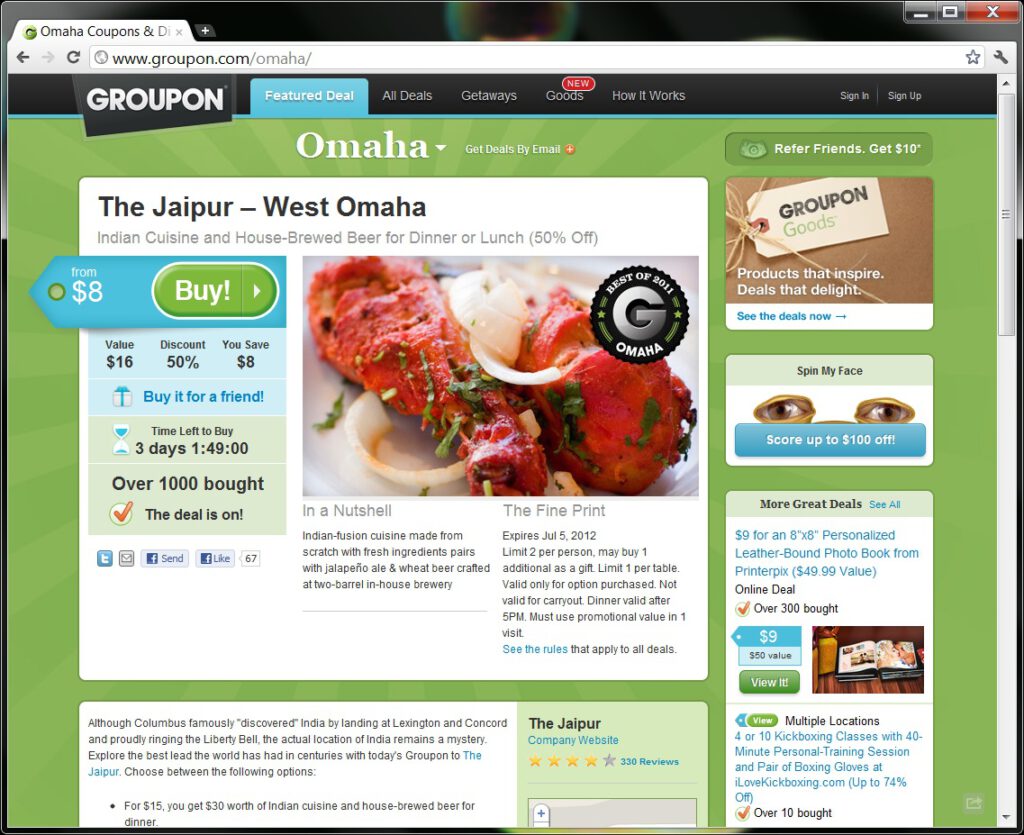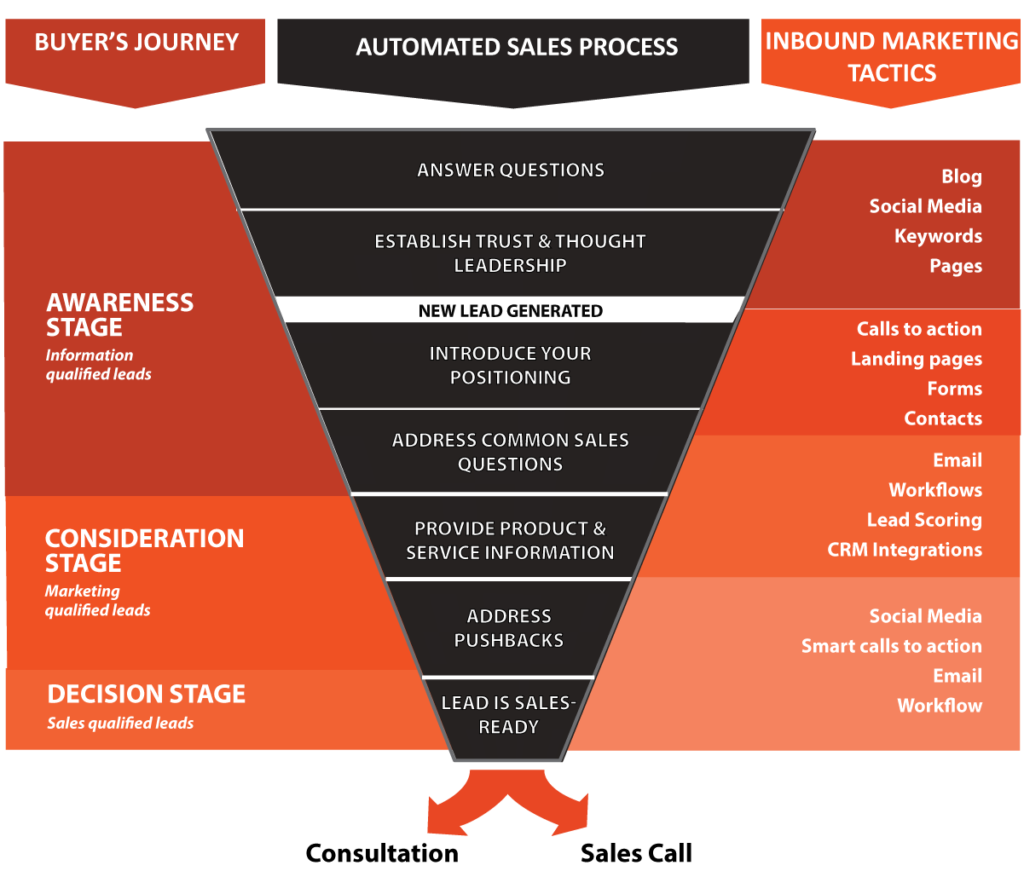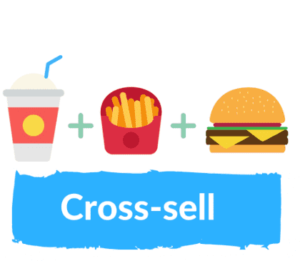Attracting and Retaining Customers
Companies seeking to expand profits and sales must invest time and resources searching for new customers. To generate leads, they advertise in media that will reach new prospects, send direct mail and e-mails to possible new prospects, send their salespeople to participate in trade shows where they might find new leads, purchase names from list brokers, and so on.
Different acquisition methods yield customers with varying CLVs. One study showed that customers acquired through the offer of a 35 percent discount had about one-half the long-term value of customers acquired without any discount.
Many of these customers were more interested in the offer than in the product itself.

What is a Groupon and how does it work?
The way it works is that Groupon offers different deals each day for a local good, service or event in a city where it operates. Discounts range from 50 percent to 90 percent off. The promotion is only valid if a certain number of consumers purchase the deal within 24 hours.
Similarly, many local businesses have launched “daily deal” campaigns from Groupon and LivingSocial to attract new customers. Unfortunately, these campaigns have sometimes turned out to be unprofitable in the long run because coupon users were not easily converted into loyal customers.
Customer Churn or defection
It is not enough to attract new customers; the company must also keep them and increase their business. Too many companies suffer from high customer churn or defection. To reduce the defection rate, the company must first define and measure its retention rate, distinguish the causes of customer attrition and identify those that can be managed better, and compare the lost customer’s CLV to the costs of reducing the defection rate. As long as the cost to discourage defection is lower than the lost profit, spend the money to try to retain the customer.
The Marketing Funnel
Figure 4.3 shows the main steps in attracting and retaining customers in terms of a funnel.
The marketing funnel identifies the percentage of the potential target market at each stage in the decision process, from merely aware to highly loyal.

Some marketers extend the funnel to include loyal customers who are brand advocates or even partners with the firm. By calculating conversion rates—the percentage of customers at one stage who move to the next—the funnel allows marketers to identify any bottleneck stage or barrier to building a loyal customer franchise. The funnel also emphasizes how important it is not just to attract new customers but to retain and cultivate existing ones.
example: another representation of the Marketing Funnel

Customer profitability analysis and the marketing funnel help marketers decide how to manage groups of customers that vary in loyalty, profitability, risk, and other factors.
Winning companies know how to reduce the rate of customer defection; increase the longevity of the customer relationship; enhance the growth of each customer through “share of wallet,” cross-selling, and up-selling; make low-profit customers more profitable or terminate them; and treat high-profit customers in a special way.
Share of wallet (SOW) is the dollar/euro amount an average customer regularly devotes to a particular brand rather than to competing brands in the same product category.
Companies try to maximize an existing customer’s share of wallet by introducing multiple products and services to generate as much revenue as possible from each customer. A marketing campaign, for example, may have a stated goal of increasing the brand’s wallet share for specific customers at the expense of its competitors.
Cross-selling is the action or practice of selling an additional product or service to an existing customer.

The objective of cross-selling can be either to increase the income derived from the client or to protect the relationship with the client or clients.
Unlike the acquiring of new business, cross-selling involves an element of risk that existing relationships with the client could be disrupted. For that reason, it is important to ensure that the additional product or service being sold to the client or clients enhances the value the client or clients get from the organization.
Upselling is a sales technique where a seller invites the customer to purchase more expensive items, upgrades, or other add-ons to generate more revenue.

While it usually involves marketing more profitable services or products, it can be simply exposing the customer to other options that were perhaps not considered (A different technique is cross-selling in which a seller tries to sell something else). In practice, large businesses usually combine up-selling and cross-selling to maximize revenue.
